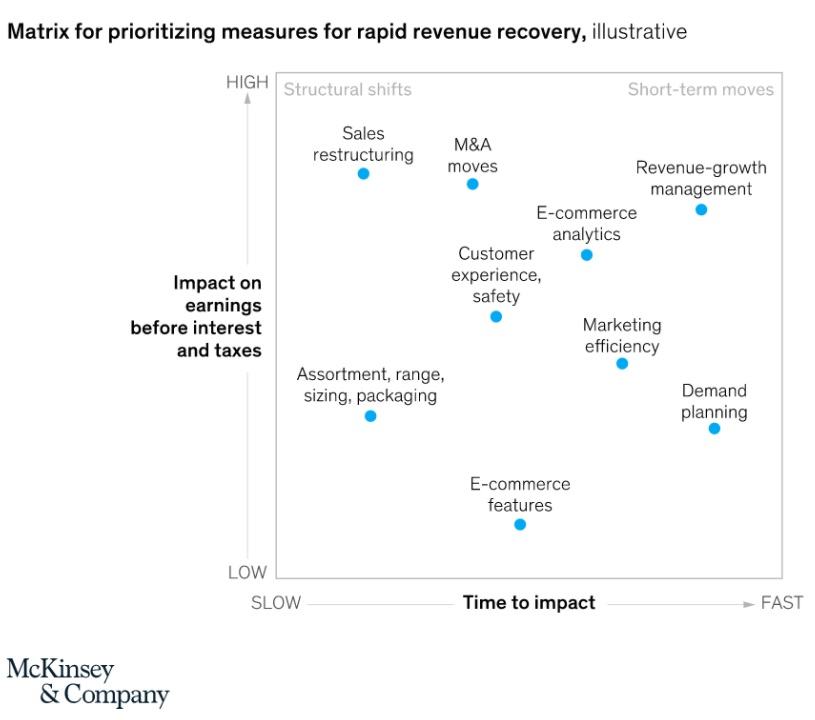Businesses across the globe have been forced to adapt their business models, technologies, and strategies to address the ongoing challenges of the COVID-19 pandemic. Business intelligence (BI) is no exception. Due to the public health concerns surrounding the coronavirus spread, companies of all kinds are being pushed into a remote work paradigm; a paradigm which many were unprepared for.
Remote work demands cloud automation
Under the new normal of remote work, companies face the challenge of connecting all people, processes, and data from a cloud-based system. This is in stark contrast to the vast number of organizations that previously utilized on-premise discovery solutions and metadata management tools. Many of these businesses had long-term goals of unified cloud connectivity and communication, but they had yet to be realized.
Like many other things, the pandemic sped up this process. Long-term visions for tomorrow have transformed into must-haves for today. At the top of the list of these “must-haves” is cloud automation, which is one of the easiest ways to keep your business running as usual during COVID-19.
According to Microsoft CEO Satya Nadella, “We have seen two years of digital transformation in two months.” He also stated that, “the pandemic has taught that no business is 100% resilient, those fortified by digital technology are more resilient and capable of transformation.”
An increased need for connectivity and speed
More than any other BI metadata management tool out there, cloud automation offers the best way for teams to connect remotely and manage projects. This ensures that business can continue as usual – even during a pandemic. After all, BI teams answer questions about data every single day; the pandemic hasn’t changed that.
Whether we realize it or not, businesses have developed a heightened need for data, accuracy, and expedited delivery.
With the current reality of avoiding in-person contact, we need to find new ways to coordinate with one another to work on projects. We must maintain the best practices for metadata management that we’ve come to rely on. All this needs to happen through a centralized, cloud-based platform.
Achieving these goals means trusting the metadata management solutions and processes we’re already familiar with (such as metadata business glossaries that establish a single, unified language in your organization). It also means looking at new solutions, such as automated metadata management.
Hear How Octopai Customers are Succeeding Despite Working Remotely
Check Out our Webinar "BI During COVID-19: Real Life Use Cases"
Watch It Now
The value of automation for BI metadata management
This type of automation is essential for work productivity in the COVID era. Through automation, BI managers can make better connections in their data, more easily notice patterns, and streamline many of the manual reporting tasks that traditionally need to be handled by a live technician.
As BI professionals are used to sharing information in real-time, traditional systems can’t keep up at the same pace as the data accumulates. Automated metadata management works instantly so all teams can be on the same page, understanding the same pieces of information.
With manual metadata management, locating an error in a dataset used to take days or even weeks. With automated data mapping and data lineage tools, that same task can be reduced to a matter of hours.
The benefits of automated metadata management aren’t just about making the metadata easier to find. Having the data on hand is one thing, but it’s not enough just to simply have it. We need to trust it and continue trusting it, no matter what developments may occur. Automation is the only way to accomplish this, particularly when it comes to managing BI data during Coronavirus.
According to a March report from EY, “41% of bosses in 45 countries were investing in accelerating automation as they prepare for a post-coronavirus world.”
Automated discovery tools eliminate the errors inherent to manual data processing and provide a clear, repeatable framework for identifying problems. With a cloud-based platform like Octopai enabling this communication, BI teams can manage all of these processes at once without the need for physical interaction.
It’s time to get a handle on BI
Cloud automation tools do more than improve operations; they allow you to continue business as usual, even when you are working remotely . As SaaS companies continue to expand, we expect the need for connectivity to increase as well.
Companies from all different industries can boost their communication, data transparency, and productivity through cloud automation tools. This will allow organizations to strategize effectively and progress forward together, while employees may be working from home.
As shown above, a survey conducted by McKinsey in early April found that, “60% of businesses said that their new remote sales models were proving as much (29 percent) or more effective (31 percent) than traditional channels.”
Unfortunately, public health guidelines offer no clear guarantee of when social distancing regulations will be lifted. So, now is the perfect time to start exploring more tech-supported solutions.








